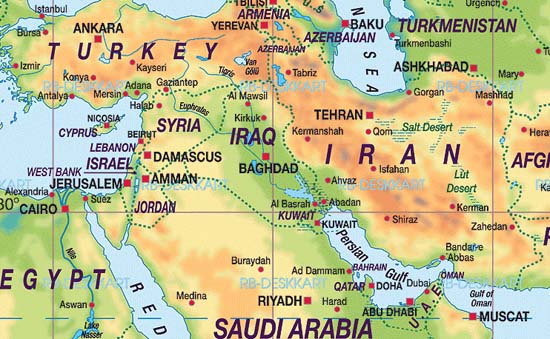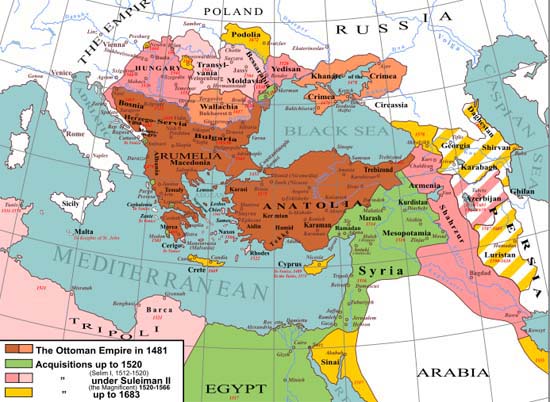
[HOME ] [ABOUT] [PHOTOS] [VIDEO] [BLOG] [HOUSTON] [TEXAS] [U.S. NEWS] [WORLD NEWS] [SPORTS] [POP CULTURE] [CONTACT]
Part I-Lebanon's dilemma as Palestinians pursue statehood

by Joseph Earnest September 25, 2011
Newscast Media HOUSTON, Texas -- As proof to Palestinians he would be as good as his word, Palestinian Authority President Mahmoud Abbas submitted his bid to the United Nations seeking recognition of statehood on Friday. Israel officials have said a Palestinian state is not viable and have resisted such a proposal. The U.S. has promised to deprive Palestinians of annual grants worth $400m, while Arab Muslim states have promised to fill the gap, yet Lebanon finds itself in a dilemma.
To understand the depth of the Israel-Palestinian conflict and how Lebanon got caught in the middle of all this, one has to take a step back in history, so this journalist will attempt to give the readers a background of the region.
The Original Palestine
During the Iron Age II (930-539 B.C.) the current Israel was divided into the northern kingdom (Israel) and the southern kingdom also called Judah. Along the banks of the Tigris, a new force emerged that would dominate the region for almost two centuries. These were the Assyrians who were very skilled fighters. In 722 B.C. Shalmaneser V of Assyria and his successor Sargon II launched an attack, that caused the northern kingdom to fall and eventually became a province of the vast Assyrian Empire.
Many Jews who at the time were referred to as Hebrews, were scattered and assimilated into the various tribes of the Assyrian Empire. Others fled as far as the Russian mountains and the Caspian Sea. Those are whom some refer to as the 10 lost tribes. There are yet others like the Lemba of South Africa who claim to be part of the lost tribes, and were fortunate to escape the Assyrian bondage. They trace their journey down from Syria, to Yemen to East Africa and finally to South Africa. To verify their claims, scientists performed DNA tests on the Lemba and indeed were shocked that the test results were consistent with the Kohanim, and had the Cohen Modal Haplotype (CMH) of the Y-chromosome. Josh Bernstein hosted a docu-series called Digging for the Truth on the History Channel, and verified that indeed the Lemba were whom they claimed to be.
Tracing the journey of the lost tribes of Israel
Digging For the Truth – Hosted by Jewish scholar Josh Bernstein
The Rise Persia
In 587 B.C. under Nebuchadnezzar, Judah the southern kingdom was crushed and Jerusalem fell to the Babylonians.
A few decades later, the reign of Persian king Cyrus saw the rise of the largest kingdom in the ancient world stretching from Aegean Sea and the Nile across the Near East to the Indus Valley. The Persian Empire (modern day Iran) controlled the ancient world for two centuries, but in 330 B.C. it was conquered by Alexander the Great.
The Greek, Roman and Byzantine empires all fell, giving rise to Islam and the Arab invasion. The whole region of the Middle East and Northern Africa was conquered as Islam spread. However, there are still remnants of Christianity in the region with Coptic Christians in Egypt and Maronite Christians in Lebanon.
The Maronites have survived the storms of invasion, occupation, repression and suppression for over 1600 years, preserving their religion, traditions and state. In due course their Christian neighbors all succumbed to Islam but not Lebanon, holding a Maronite majority well into the 20th century, even their Syriac (Christian Aramaic) language was widely spoken well into the late 18th century and still survives today in their liturgy and in some of their villages.
After over 400 years under the rule of the Ottoman
Empire, Lebanon became part of the French mandate and later gained independence
in 1943. It must be noted that the
Arabs from Syria, Lebanon, Palestine, Jordan, Iraq, Egypt, Libya, Algeria, Tunisia,
Kuwait and a large population in Iran, are mostly Turks, because they were under their rule for such an
extended period of time, beginning with the Byzantine Empire up until the Ottoman
Empire as shown below:
Continue
to Part II - Lebanese Palestinian Dilemma>> Continue
to Part II - Lebanese Palestinian Dilemma>>

|
|
Join the Newscast Media social networks
for current events and multimedia content.
Copyright© Newscast Media. All Rights Reserved. Terms and Privacy Policy